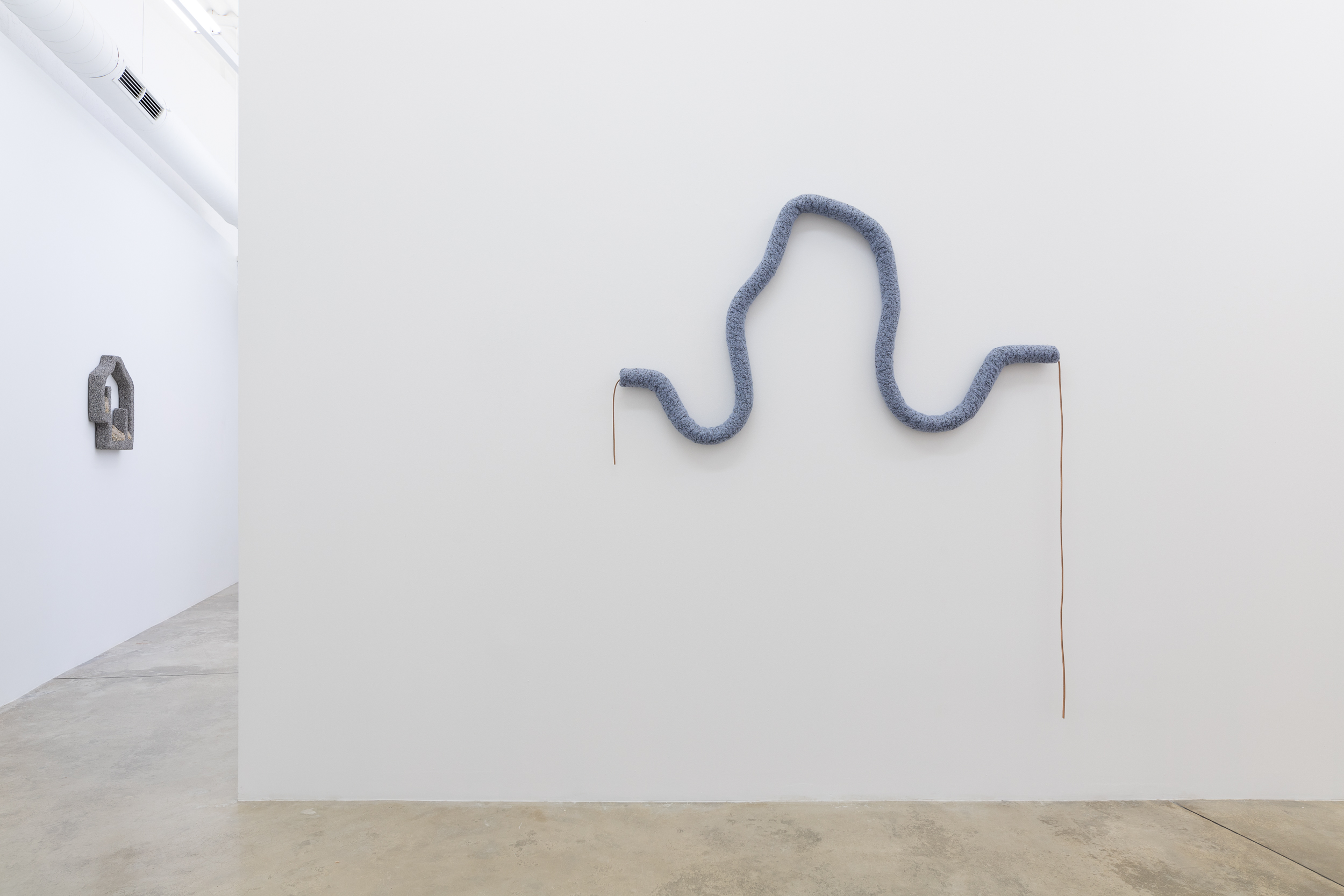the right to be forgotten
Gizela Mickiewicz, L21. “Perhaps forgetting is the defense that the body creates to prevent us from living with our backs turned to fate”.1
Imagine not being able to forget a thing. Recording each and every one of your experiences and being able to relive them clearly over and over again without any gaps: the clothes you were wearing, the way the light shaped the faces around you, the music playing in the background, the words you spoke… Hyperthymesia2 is a neurological condition that brings with it the ability to remember every last detail of events without mnemonic tricks or effort. Nevertheless, in every person’s life there are moments to be forgotten. Forgetting is a defense of the body: it creates an empty space in which our identity takes shape.
In her new exhibition “The Right to be Forgotten”, Gizela Mickiewicz (b.1984, Poland) composes a narrative around memory and forgetting as open processes in permanent development – how do these processes relate to one’s own identity, and to what extent do we choose the things we remember? Questions that the artist explores through a new series of sculptures in which she emphasizes the role of negative space.
For instance, “Intentional Forgetting” is a sinuous structure of rocky textures that rises from the ground to inevitably land back on it. As present as the geological and dreamlike form are the empty voids that run through it. “Personal Sediments” continues to explore the role of memory in the construction of identity in a symbolic way, through the use of different materials that accumulate as layers of a geological process. “Other sides of the moment” shows the different perspectives of the same event that seems to vibrate between the links of a blue chain.
Throughout the exhibition, the artist draws parallels through abstract forms that sometimes appear to be incomplete or open to interpretation in the same way that our own memory is. In Mickiewicz’s words, “memories are usually perceived as constant and permanent, but they are rather dynamically changing forms, fragile and error prone. Far from being a verbatim record of the past, memory is rather a reconstructive process full of distortions and inaccuracies”3 In the same way that negative space is found in the sculptures, the gaps of memory are as important in this reconstructive process. Forgetting is a mysterious thing. As much as breathing or all those involuntary processes of which we are not always aware… The things we forget, are they not also part of ourselves as negative space, like the one between our ribs?
_ _ _ _ _ _ _ _ _ _ _ _ _ _ _ _ _ _ _ _ _ _ _ _ _ _ _ _ _ _ _ _ _ _
[1] Maillard, Chantal. “Philosophy in critical days. Diaries 1996-1998.” Valencia: Pre-textos, 2010. Page. 75. (Spanish edition)
[2] Etymologically, it derives from the Greek: excess of remembrance.
[3] Gizela Mickiewicz, unpublished interview with the artist. February 2023.
Palma 2023



Photos by Juan David Cortés, courtesy of L21.